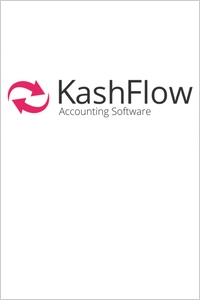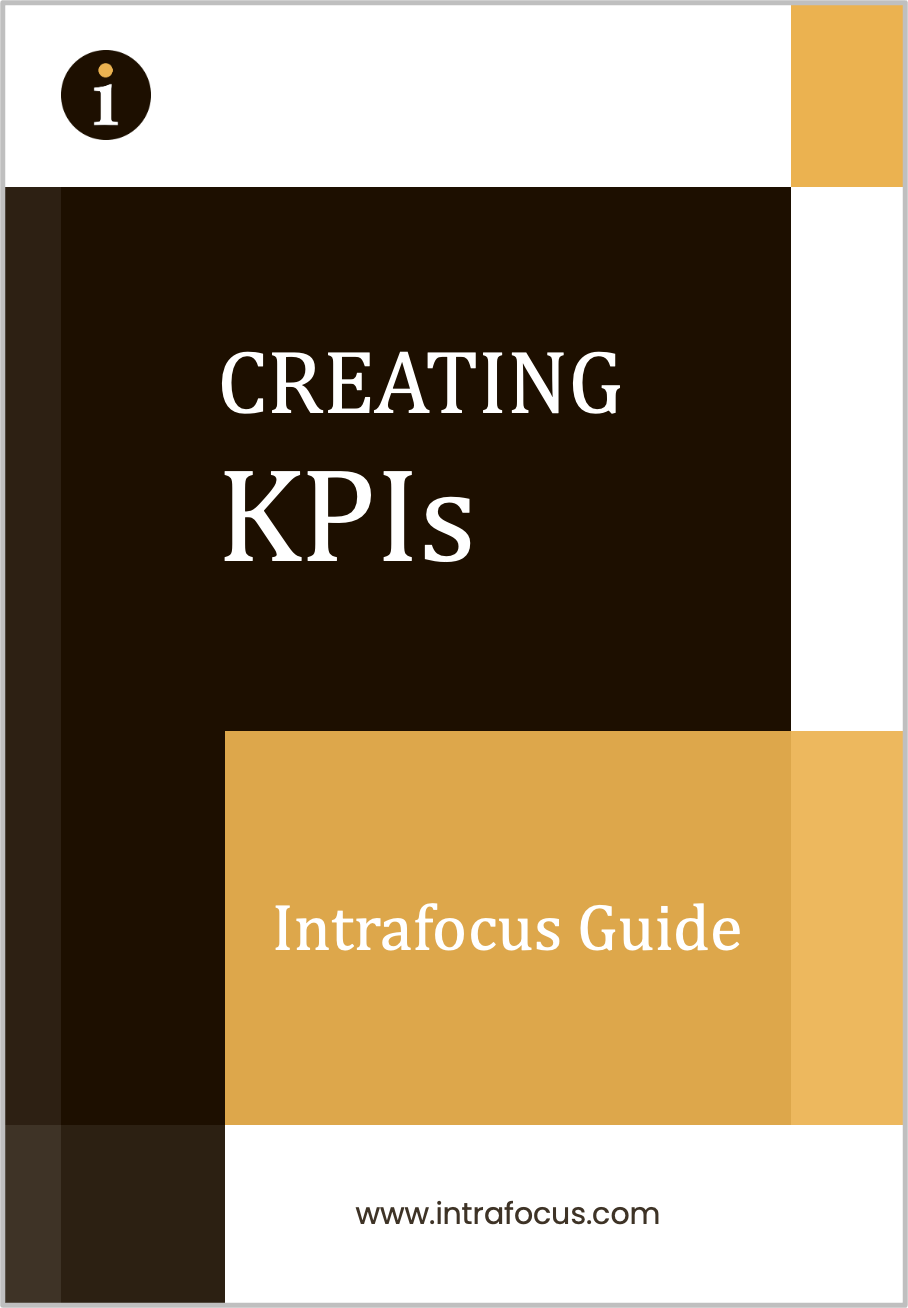Keep your Kash Flowing – Are you struggling with antiquated financial systems? Accountancy software is an area where companies rarely feel the need to change but is the one place where significant performance improvements can be made. So why do we hang on to our old systems? There are three major reasons:
- It would be too difficult to move, we have invested far too much in the existing system and the data transfer would be far too difficult – Actually financial accounting systems tend to be based on better standards than most, the descriptive words may be different but the things they describe are the same. Data mapping between financial accounting systems has been perfected over the years as a matter of necessity. Merger and acquisition activity has forced the pace and brought with it highly sophisticated and accurate integration and transfer systems for finances. Any new system worth its salt has taken advantage of this and built in adaptors to integrate into your existing legacy system or to extract, transfer and load data securely from your old system to the new one.
- The latest systems are Cloud based, we cannot trust our data to a cloud provider – According to research by CompTIA’s 9th Annual Information Security Trends study (based on 500 US IT and business executives) published by CIO – How Secure is the Cloud? – “85% of IT professionals are confident in cloud provider’s ability to provide a secure environment”. This should not be surprising, cloud has been around for a long time now. More than this, cloud providers not only ensure data is secure, they also back up data on a regular basis and most providers run double fail-over systems at separate locations to keep customers up and running 24 hours a day.
- Our accounts understand the systems, they are happy to do the accounting, we are happy they do it – Yeah right! First of all, have you ever met a company accountant who is not stressed out during end-of-month or especially end-of-year accounting? More often than not they take input from multiple spreadsheets and force-fit it into restrictive systems that do not provide adequate reporting facilities and therefore the reports have to be generated from the spreadsheets anyway. Second, the reason business leaders are happy to let the accountants do the job is because they are the only people trained to use the antiquated accounting systems in the first place.
There is a better way. The latest generation of web-based accounting systems have been built by business people for business people. They first thing they do is demystify the language used by accountants and use business language. That is not to say they disregard standard accounting language. Under the covers all of this has been retained. Indeed it has to be for Tax and VAT purposes, but the business of entering data and basic reporting is simplified so that it can be understood by business people and accountants alike. Web-based systems make it easy to integrate to other services including banking, suppliers, marketing, e-mail and of course customers. Are these products suitable for every business? In time yes, at the moment it would be difficult for a large corporation to justify a move. However if you run a small to medium sized business you would do well to look at a system like KashFlow and take advantage of the free trials they are offering.


